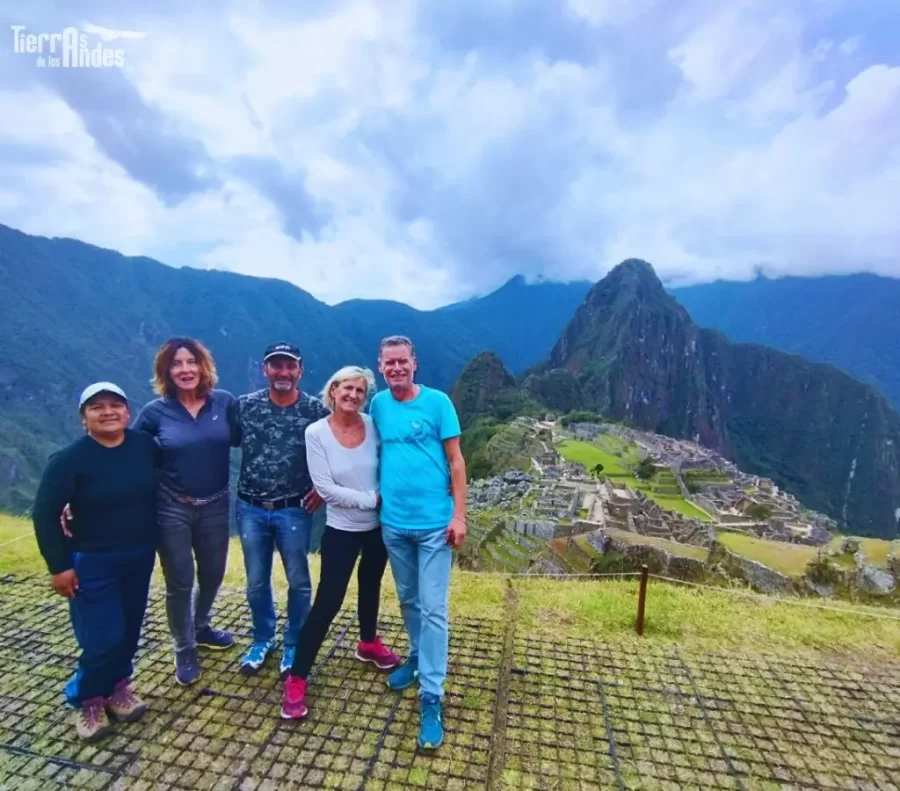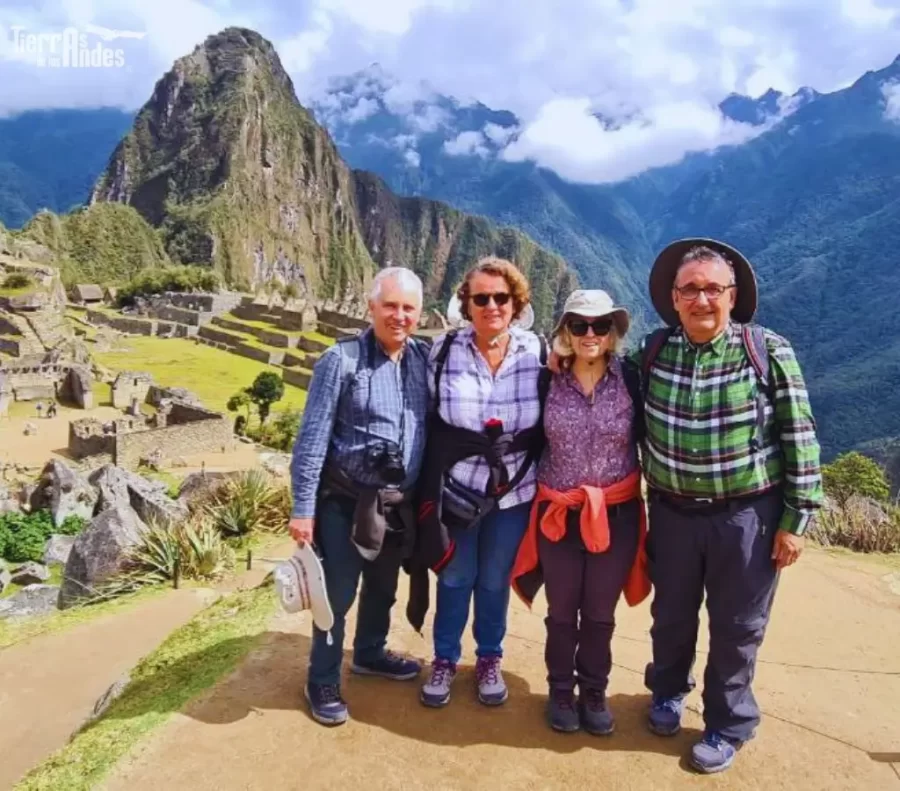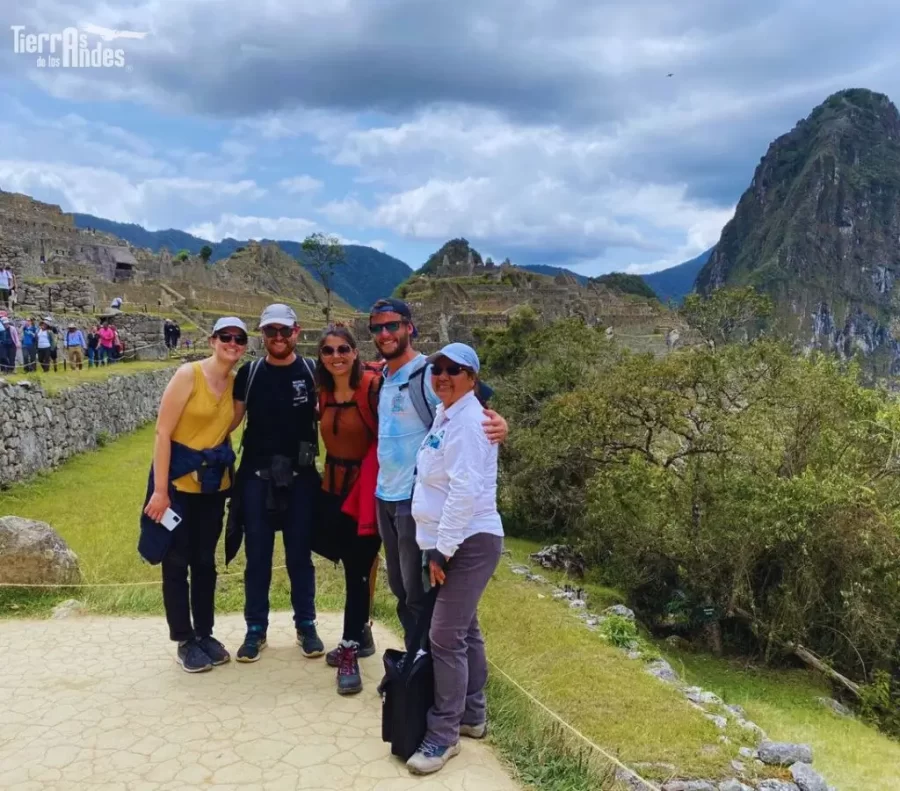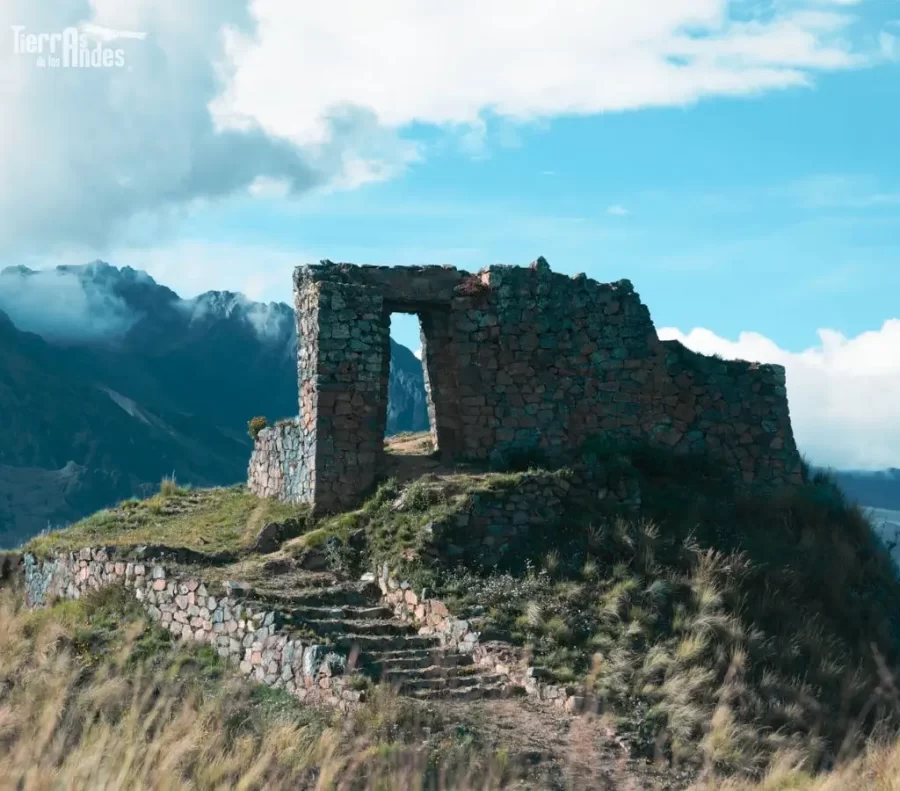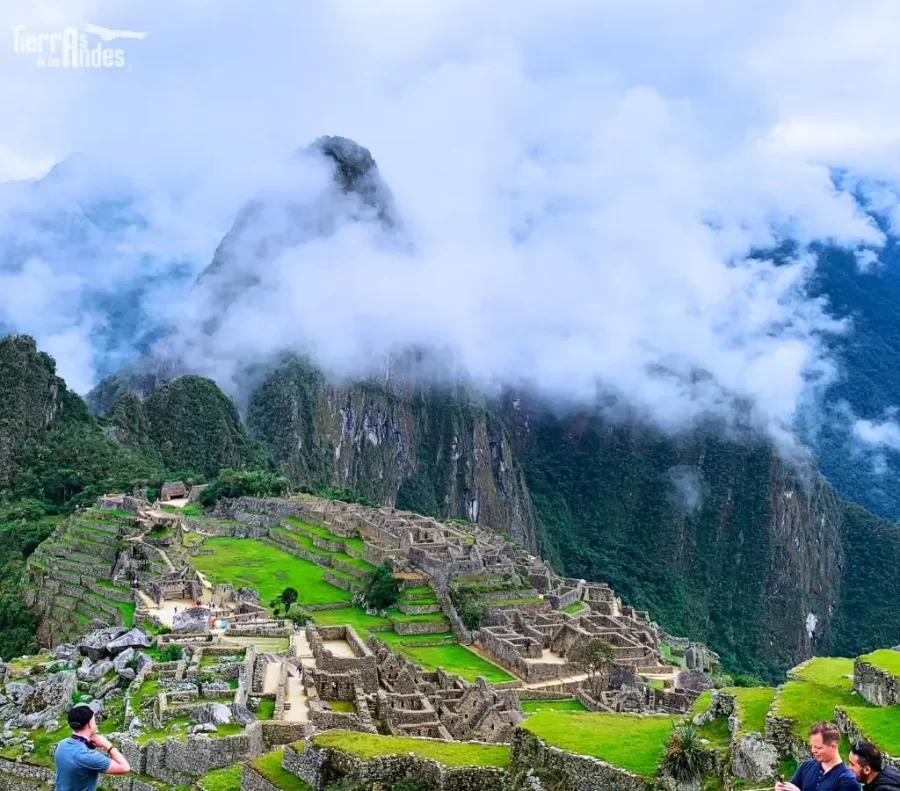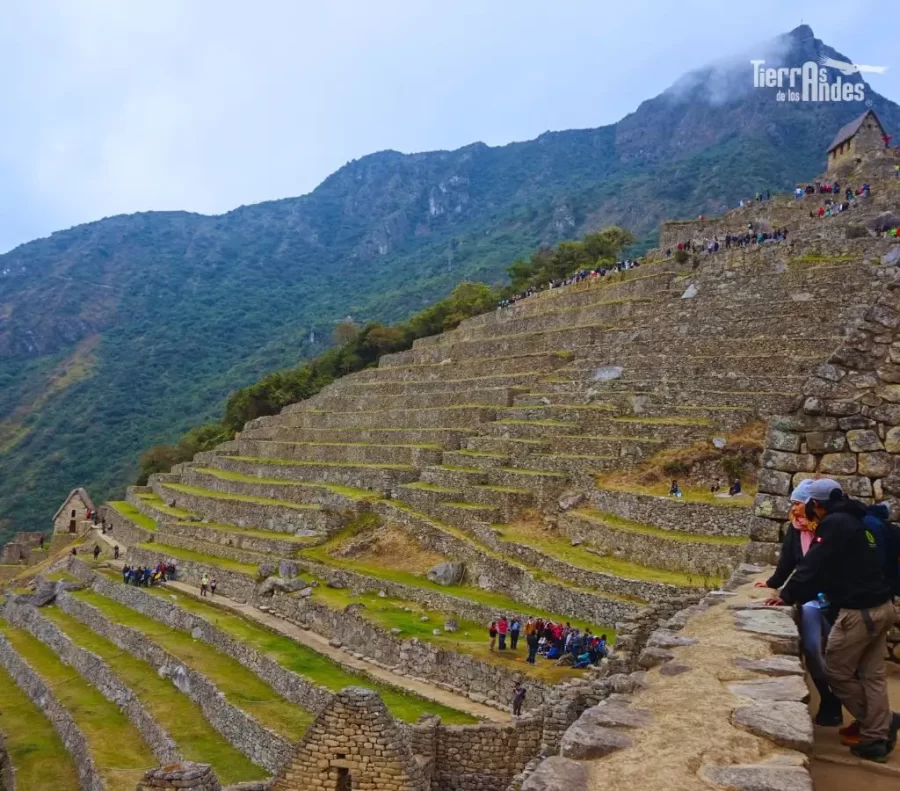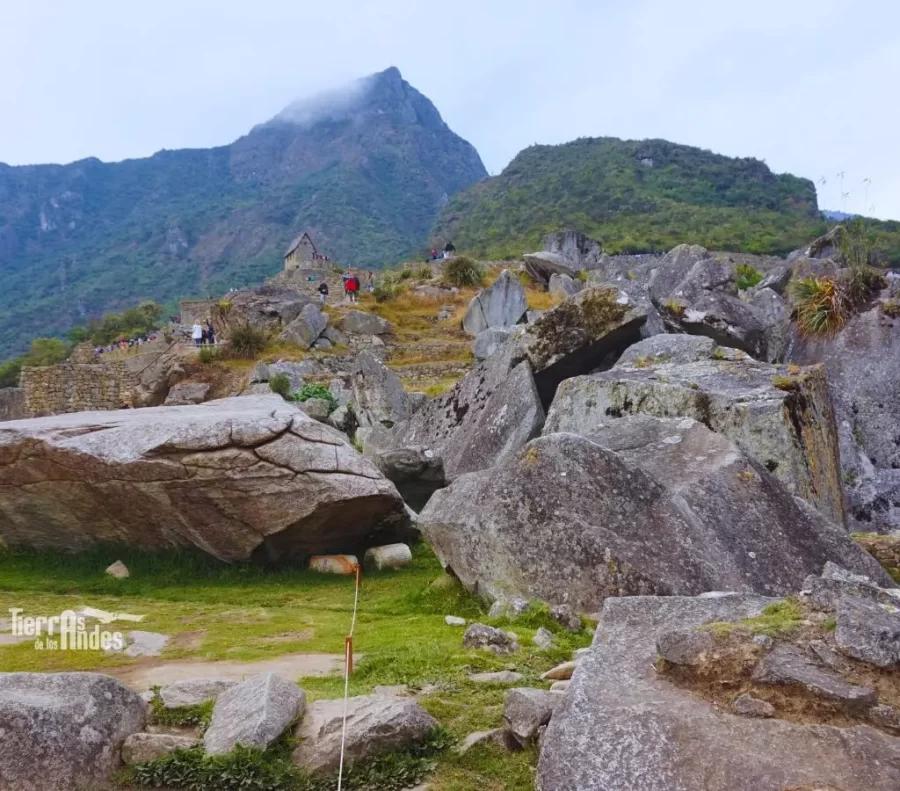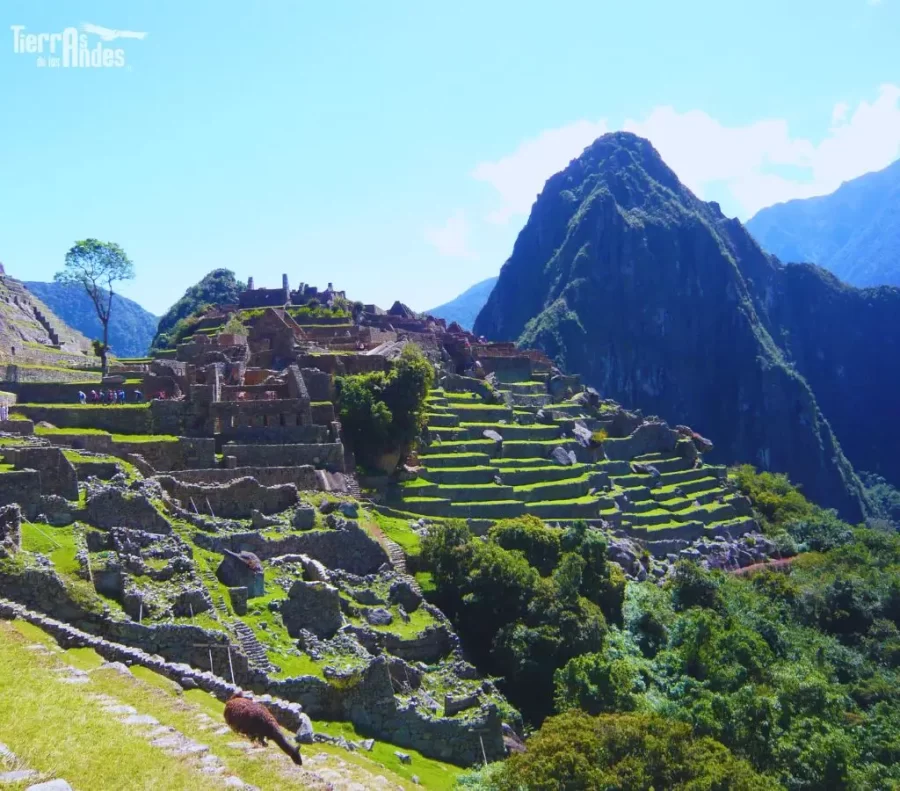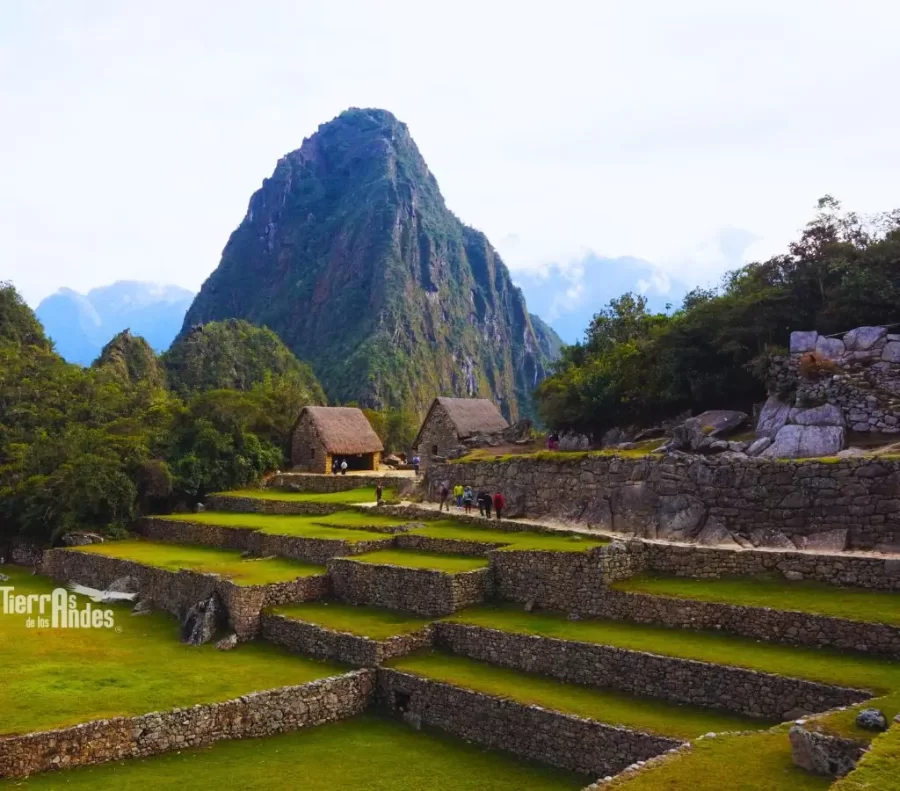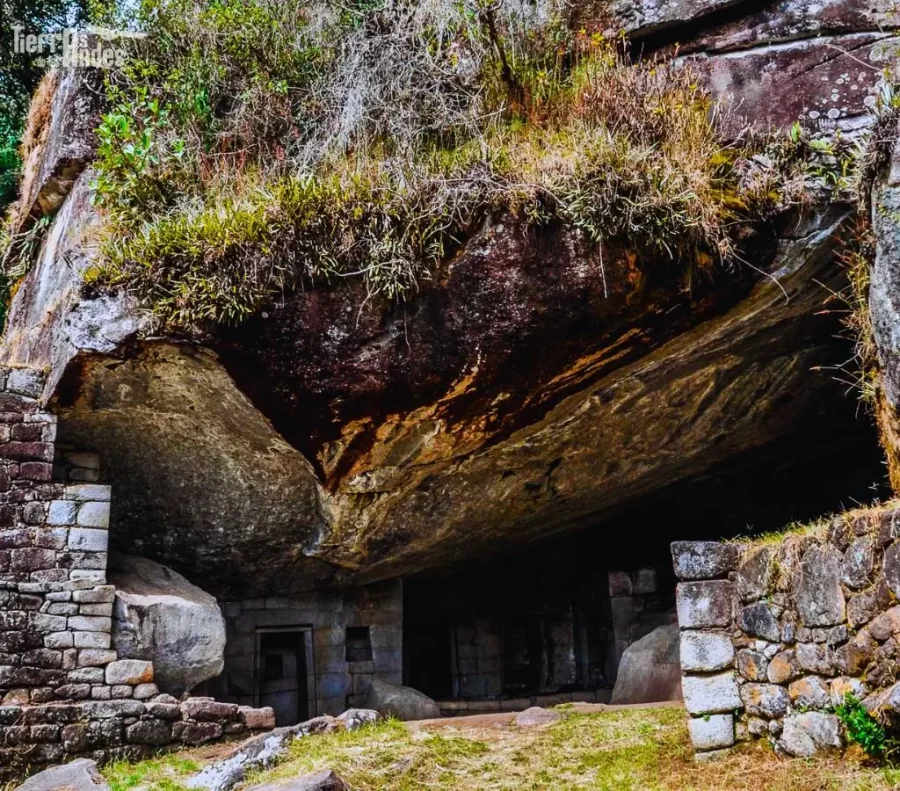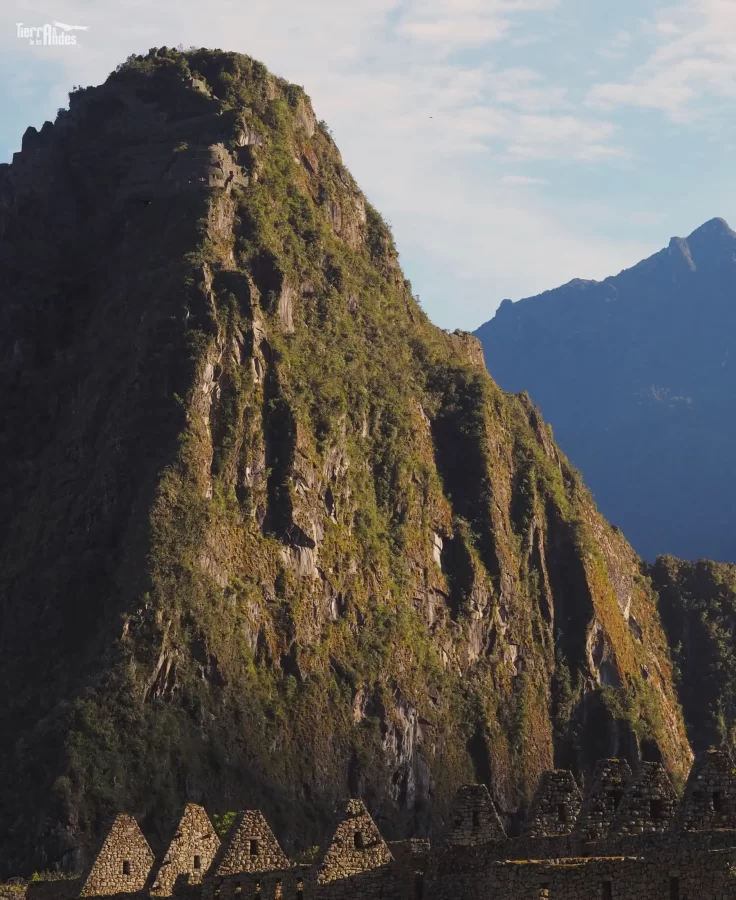The citadel of Machu Picchu is one of the most outstanding archaeological sites, and stands out for its urban design (urbanism), its incredible architecture, the impeccable work that was done to the stones to build the houses, temples and its construction on top of a mountain.
According to historical data the city of Machu Picchu was already built 100 years before the arrival of the Spanish invaders, and it was the Inca Pachacuteq who commanded to build the Inca city in the fifteenth century, like all construction at the beginning showed all its exceptional architecture.
In this post we will see about its history, location, who discovers Machu Picchu, how to get there, what season is the best to visit, what we can see in the Inca citadel and tours you could do to know this beautiful tourist attraction and more.
Table of Contents
Machu Picchu hoy una de las 7 maravillas del mundo es reconocida el 7 de julio de 2007 por su imponencia, belleza en todo su conjunto arqueológico el cual se construyo sobre una montaña sagrada.
This mountain is located at an altitude of 2,450 m above the Urubamba River, this citadel was built around 1430 and has been maintaining its infrastructure for more than 600 years; this great place still hides great mysteries that are not yet revealed and many archaeologists are eager to continue investigating what really hides this Inca construction.
Well, like all Inca constructions, this one was also built on top of a mountain and because of this many add several theories about what this place could really mean for the Incas; some say it was built as a mausoleum of the Inca Pachacutec, others consider that it was an administrative and agricultural center which served to sustain its inhabitants.
It was also thought that this enclosure was like a rest center of the Inca, as it bordered the Ande and the Peruvian Amazon. While it is true, it is one of the most impressive constructions regarding its architecture and engineering of the Inca Empire, but it is still the object of study, value and transcendence of its time.
Before the conquest, the inhabitants were in charge of agriculture, participated in the construction of the city on the top of the mountain, this place was conquered by Pachacutec in 1430 and recognized at the same time as the Inca Empire.
Pachacuteq included not only Machu Picchu, but also Huayna Picchu, ravines, valleys, building them as administrative centers, religious sanctuaries, terraces dedicated to agriculture, thus inhabiting more people.
Pachacútec was succeeded by his son Túpac Yupanqui, then his son Huayna Cápac was in charge and ruled until 1537. The latter was characterized by focusing more on the political and religious aspects of the Inca Empire in order to maintain the territories conquered by his father and thus be able to control any resistance.
After his death, his son Huáscar assumed the position, but during his period there were many confrontations and conspiracies on the part of his brother Atahualpa, who after winning the civil war, the latter emerged victorious and governed the Inca empire.
At the same time, the Spanish invaded Peruvian territory and were led by Francisco Pizarro who arrived in Cusco and took Atahualpa and all those who defended themselves hostage and executed him; as a result, the successors and legitimate heirs of the last governor took refuge in Vilcabamba and the resistance against the Spanish invaders was armed.
The resistance against the Spaniards lasted until the last Inca of Vilcabamba, Tupac Amaru, died in 1572, ending the official conquest of Peru.
The name Machu Picchu means old mountain, it is said that this is not its original name and that it was called in an arbitrary way, because the inhabitants of the place called it that way and it remained with that name until today.
Etymologically, it comes from the Quechua words "Machu" meaning old man or elder and "Picchu" meaning peak or mountain.
At first Machu Picchu was visited by the Italian Antonio Raimondi (1865) but he did not know about the place and did not give it due importance, a year later the German Augusto Berns founded a mining company and it is evident in his map to Machu Picchu.
Already in 1880 the French explorer Charles Wiener confirmed the existence of the Inca citadel, but he did not visit it and deduced it from the archaeological evidence he had found and in 1911 it was rediscovered by Hiram Bingham.
Who shows the world the existence of such Inca construction of Machu Picchu was Hiram Bingham in 1911, a professor who began the exploration of the site along with other guides and effectively on June 24 of the same year they arrived at Machu Picchu and rediscovered what today is one of the 7 wonders of the world..
The explorer Hiram Bingham when he arrived to this sacred land saw that there lived two families and one of them is who directs him to the city of Machu Picchu and thus exposes to the world about the Inca citadel Machu Picchu.
In turn, in 1913 National Geographic magazine published an article about Machu Picchu and also showed the existence of this wonderful place highlighting its cultural and historical value.
The Inca empire definitely did an extraordinary job in its architecture and engineering that even to this day we can appreciate, you take more than 600 years maintaining its architecture and what is striking is that its walls have a certain anti-seismic inclination that resists the telluric movements.
The construction of Machu Picchu was made during the Inca expansion, in the mandate of Pachacuteq (1450), as we know, to make this type of buildings thousands of people were needed and it is said that people who had just been conquered were used to help in the construction of this city on the top.
This is how the other archaeological sites in the Cusco region came to be built.
The Incas have always impressed with their advanced hydraulic engineering and it would not be an exception that it is also evident in one of the religious constructions of great importance such as Machu Picchu.
As we know it was built high in the mountains and to emphasize between two geological faults which are easy to suffer constant seismic movements. For engineers Alfredo Valencia and Kene Wright consider that the secret of Machu Picchu's longevity is the drainage system.
And it is clearly seen in the ground, because it has a system of terraces with layers of gravel that prevent rainwater from soaking into the drainage channels and filtering. We will also notice that in the place there are several ceremonial water fountains because for them it was a source of purification.
Everything we find in Machu Picchu is called hydraulic engineering.
The citadel of Machu Picchu worshiped water, but one of the great challenges was to move the water from springs to the first source or aqueduct system for which they had to build a permeable wall of at least 15 meters to then drive through the water channels.
One can witness several religious centers that worshiped the Sun God, Moon, water and there they were no strangers, as it was also practiced and served as a connection with their gods and man. Professors Mariusz Ziółkowski, from the University of Warsaw and Jacek Kościuk, from the Wrocław University of Technology add that the Mirador would be known as one of the astronomical observatories found in Machu Picchu.
We also found the Intihuatana, considered as an astronomical observatory that could show the winter and summer solstice, time for agriculture and more that was used and the villagers still use.
It is located in the department of Cusco, province of Urubamba and district of Machu Picchu, to be exact it is located on the mountain that bears the same name and from the city of Cusco is 132 km away.
It is at an altitude of 2,450 m, at a southern latitude of 13° 9' 47" and a western longitude of 72° 32' 44" in the district of Machu Picchu.
It has a warm temperature with humid air during the day and cool at night, usually between 12 ° to 24 °. The rainiest months are between November to March in these days the visibility of the place sometimes is null, because the clouds cover the Inca citadel and between the months of April to October are a little drier and the visit to the Historic Sanctuary is more profitable.
The citadel of Machu Picchu is available throughout the year, however we must bear in mind that in the city of Cusco there are two seasons, dry and rainy. The rainy season is from November to March and there are days that hinder our visit because the vast majority of days are rainy and cloudy so the view may not be pleasant and the view of the citadel less.
Instead the dry season starts from April to October, during this time there is little presence of rain and the days are sunnier this helps our visit to the city of Machu Picchu is unique. Here you can take the best pictures, tour the different places with tranquility and is also considered high season for tourism.
We have three ways to get to this beautiful citadel:
There are many theories as to the function they had, as Hiram B. believed it was a place of retreat for the virgins of the sun, Kaufman Doig believed it was an advanced location and strategic control of the conquered lands, others believed it was a center of rest and sacred worship for the Inca. However, all agree that Machu Picchu is a village or llaqta integrated by two sectors: agricultural and urban area that are divided by a wall.
This sector is characterized by its cultivation terraces or better known as andenerías, which are structurally formed by stone walls of different sizes, gravel, clay, and cultivated land that facilitates the flow of water.
Another additional fact is that the platforms were not made just because, each construction had a purpose and in this case we will see that most of the platforms in Machu Picchu are oriented to the sunrise in order to take advantage of the first rays.
The most commonly used tool in agriculture was the chaquitaclla, a plow that was used standing up, with a hard wood or chonta point, and now it has been replaced by iron.
We will also see how the urban area was divided, the researcher Dr. Manuel Chávez Ballón (1961) divided it into two sectors: El Hanan (high) and Urin (low).
Temple of the Sun, or tower is built with well carved stone blocks of two floors, the first is a semi subway temple and the second has a semicircular shape of perfect outline with some inclination towards the interior called tower.
At the other end of the entrance that is directed towards the Gate of the Sun (Intinpunku) and the summer solstice occurs on December 22, in the middle of this construction is a central rock that was directed to the altar that was used to track the sun both back and forth.
Another fact is that below them there is a small cave that was worked and lined with fine masonry. It is believed that it was a mausoleum, because it has niches of a considerable size, there the mummies were placed, it is believed that it was a sacred place.
They also had a door that had a beautiful trapezoidal lintel, with holes through which they passed the rope Qoricancha type, being part of the most important areas of Machu Picchu as the Solar Tower.
Temple of the Dead or Mother Earth, or Royal Mausoleum, Tomb of the Inca is a natural cavern of semicircular shape, its roof serves as a base for the Temple of the Sun, inside we will see that it is carved from the same rock in the form of stairs.
Its function was to be an altar and place the offerings, also have trapezoidal niches with enough height to place their main characters in them. Its function was to be a temple for the cult of the dead, because for the Incas this practice was very important because there they took care of the mortal remains to later take them out and worship them.
Palacio Inca, or Royal Residence are a set of buildings dedicated to housing, are characterized by having a fine masonry as well as we find it in the Temple of the Sun or the Sacred Plaza. They also maintain a close relationship with the Temple of the Sun through a staircase, so mimos have immediate access to the first sources of water being this of great importance.
Sacred Plaza, is characterized because particular ceremonies were held here and the evidence found indicates that they were actually used to perform various rituals. This site is surrounded by the most important buildings of Machu Picchu as the main temple, temple of the three windows and the sacristy.
Intihuatana, is one of the sectors of great importance in the Inca empire, because every culture tends to have this representation. It is characterized by having the shape of a pyramid with a polygonal base and served as an observatory of the stars and also to see the agricultural, magical and religious calendar.
For example, H. Bingham pointed out that this was to tie the sun, as it helped them in the crops and more.
Temple of the three windows, one of the most important constructions inside Machu Picchu, according to research it is believed that the three windows represent the three Inca worlds such as the Hanan Pacha, Kai Pacha and Uck'u Pacha.
Another additional fact is that we will find in one of the stones an engraving of the first discoverers of Machu Picchu, who put their names Agustin Lizárraga and his three companions Enrique Palma, Justo Ochoa and Gabino Sanchez.
Engraving made on July 14, 1902, some time after Hiram Bingham arrived in 1911 to explore this new city, it is said that he had the inscription made for my son erased.
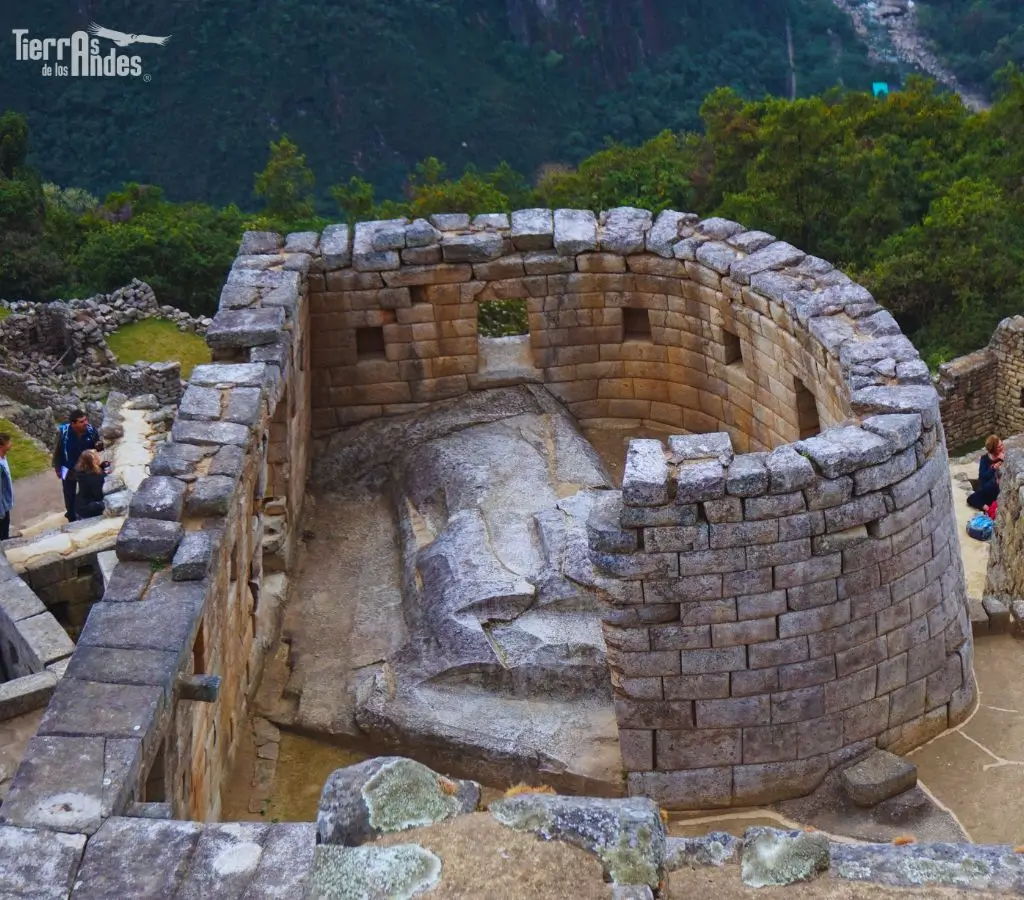
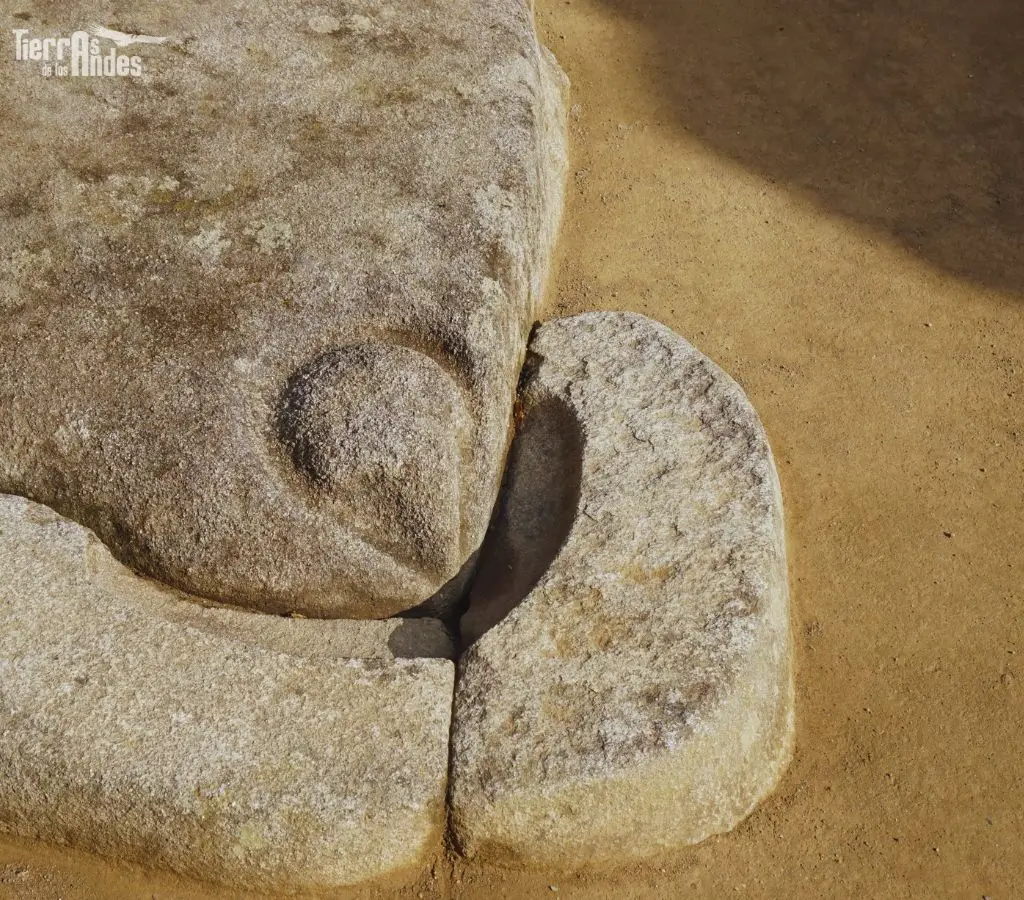
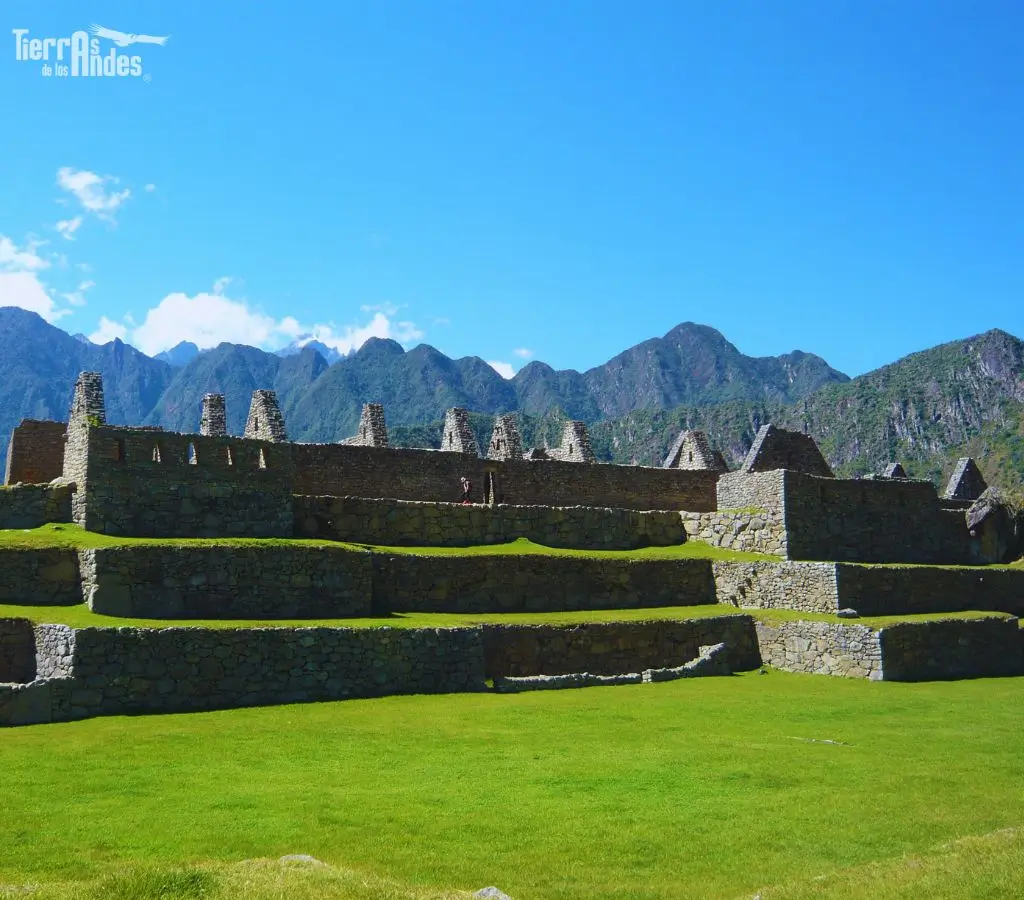
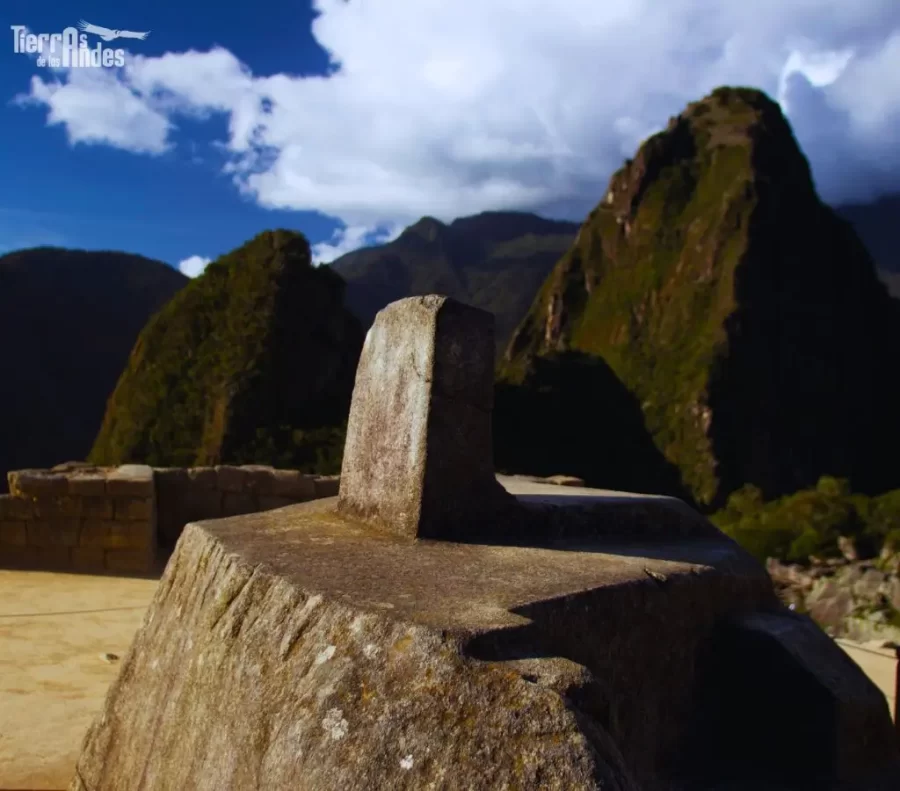
Roca Sagrada, is one of the most remarkable rocks because it is about 7 m long and 3 m high, where the flat part faces the square imitating the profile of the mountain, like the one found in Ollantaytambo.
Group of the three doors, is composed of kanchas or rectangular enclosures that you can enter through its three double jamb doors, unlike the others you will notice that the finish that has is not fine, then it is understood that this construction belonged to the lower class.
Temple of the Condor, an impressive creation because it is formed from the rock formation with the figure of a condor with its wings in flight, it is believed to have served as an altar place for sacrifices.
Cantera, is a mound of unworked stones, in the same way you will see type houses and it is believed that they were the houses of the guardians, laborers, carvers and more. Then it could be said that from this place carved rocks were provided for canals, etc. to build the different areas of Machu Picchu.
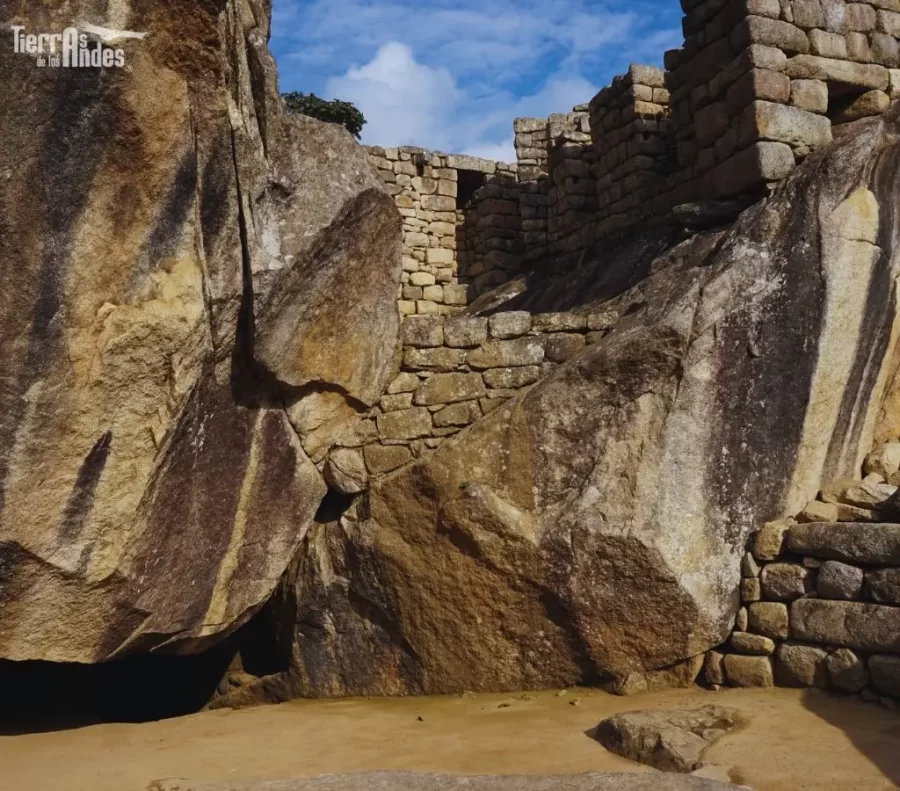
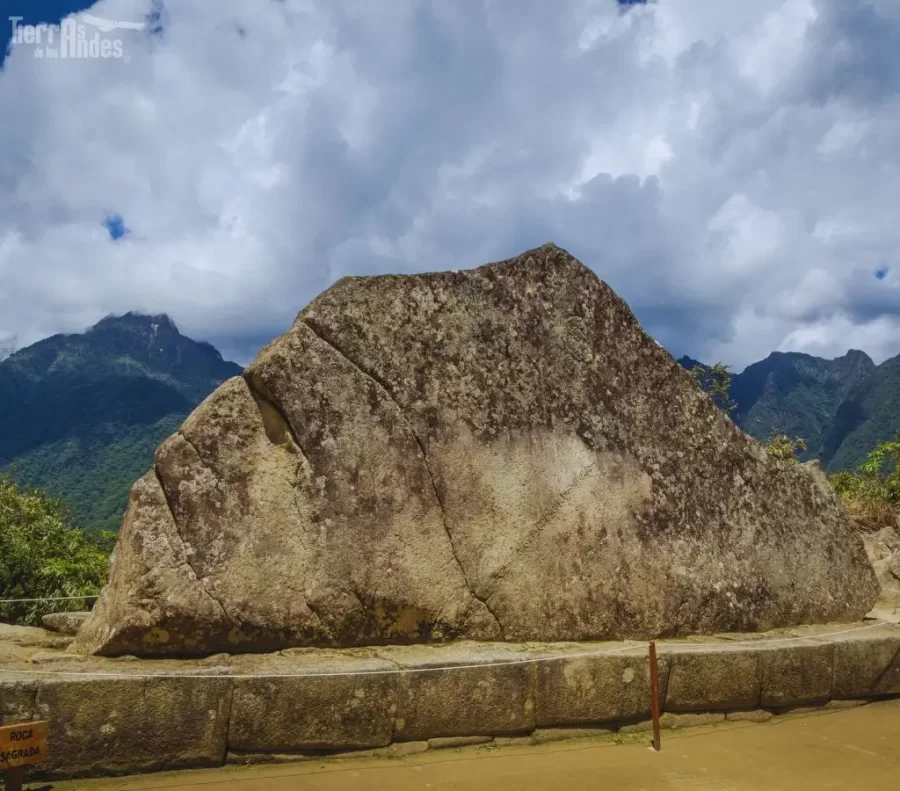
Machu Picchu is one of the most impressive and magical places at the same time, and offers several points to know, although there are several routes to enter, but all allow you to know the Inca citadel. Below I will detail the things you can see:
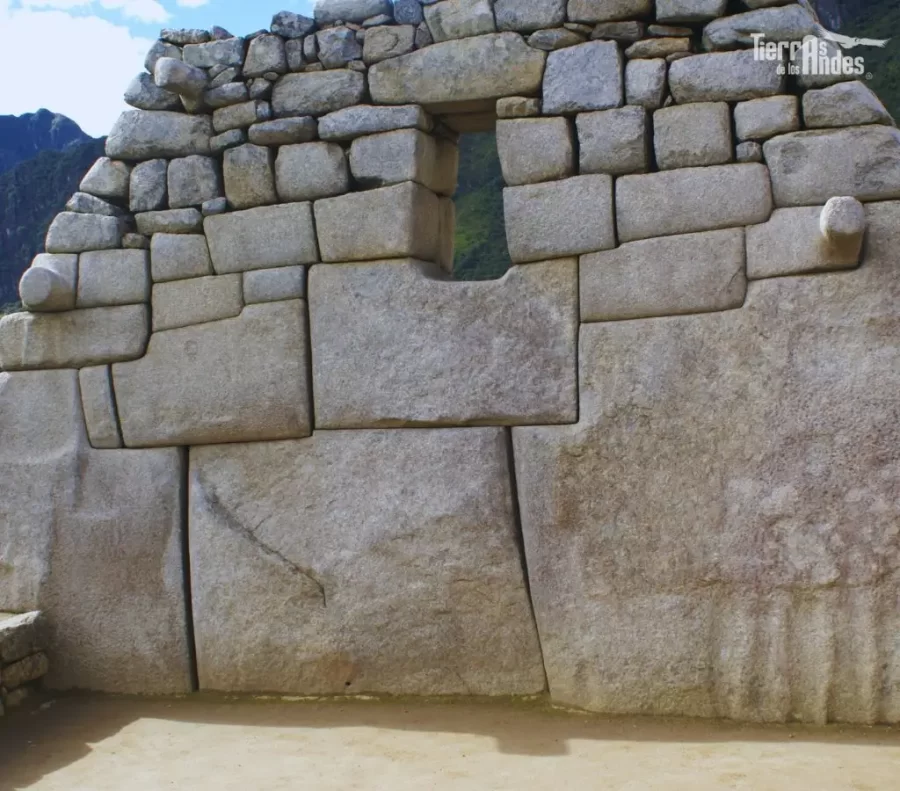
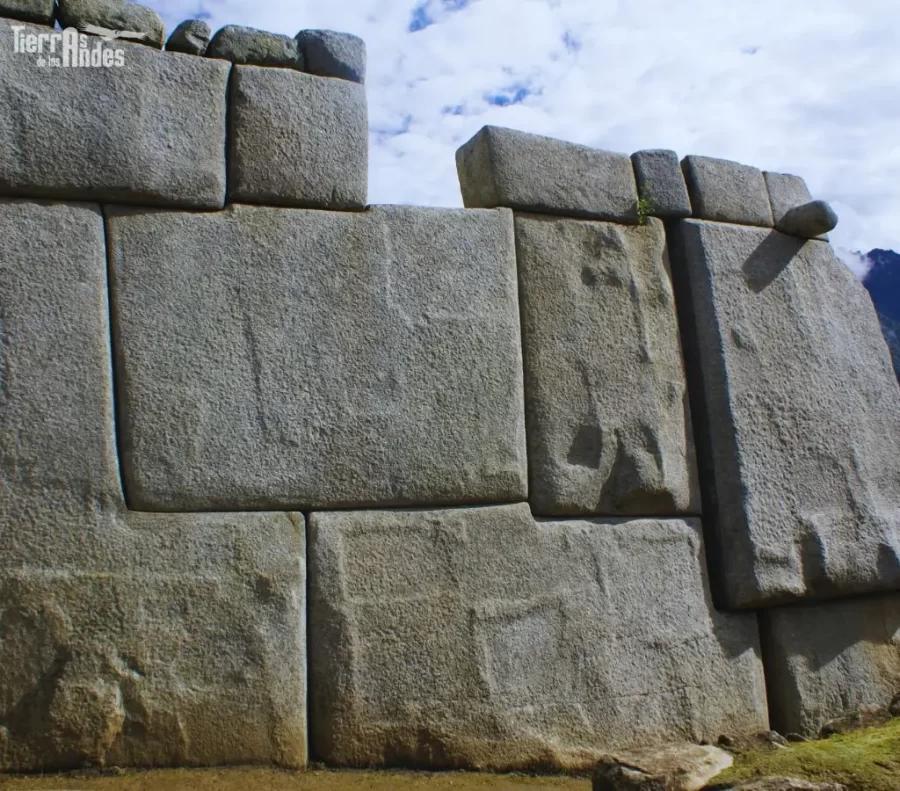
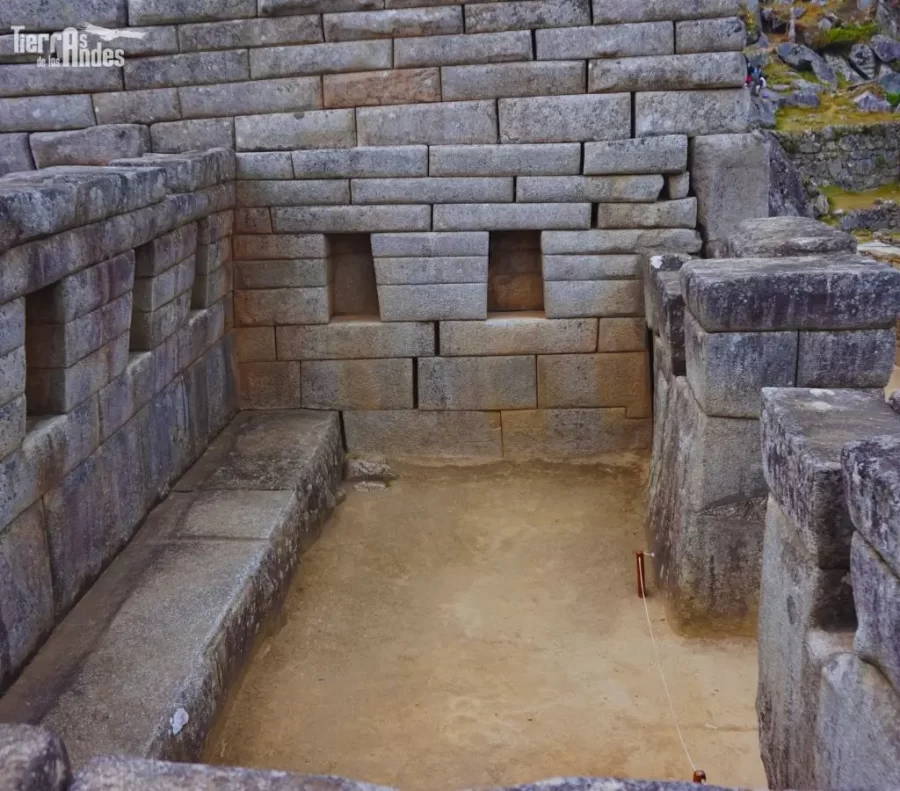
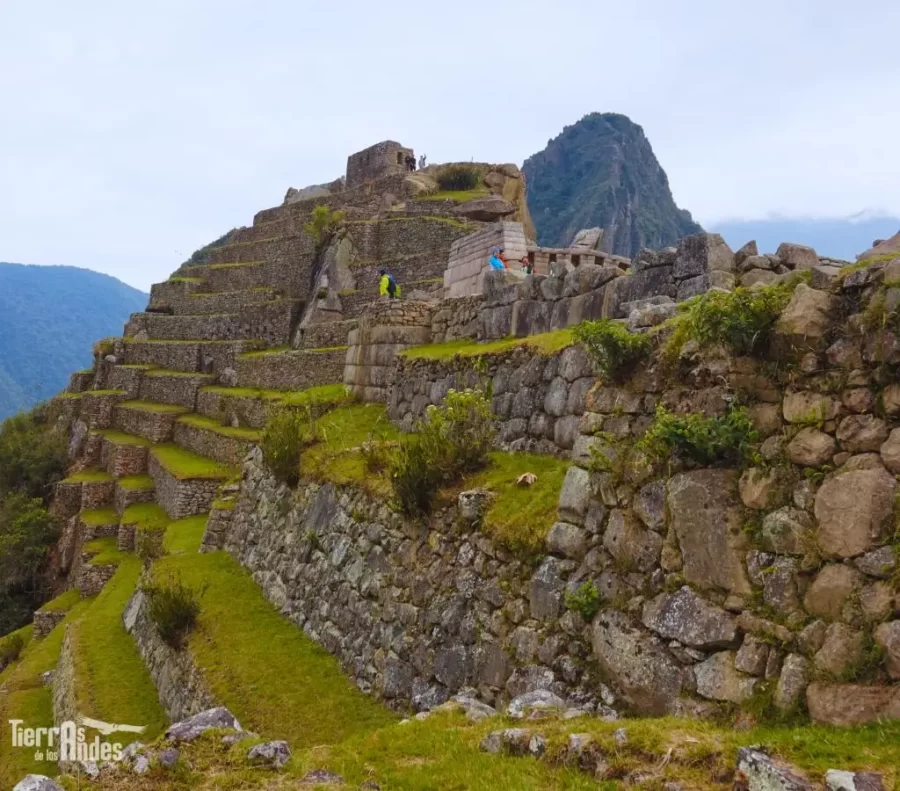
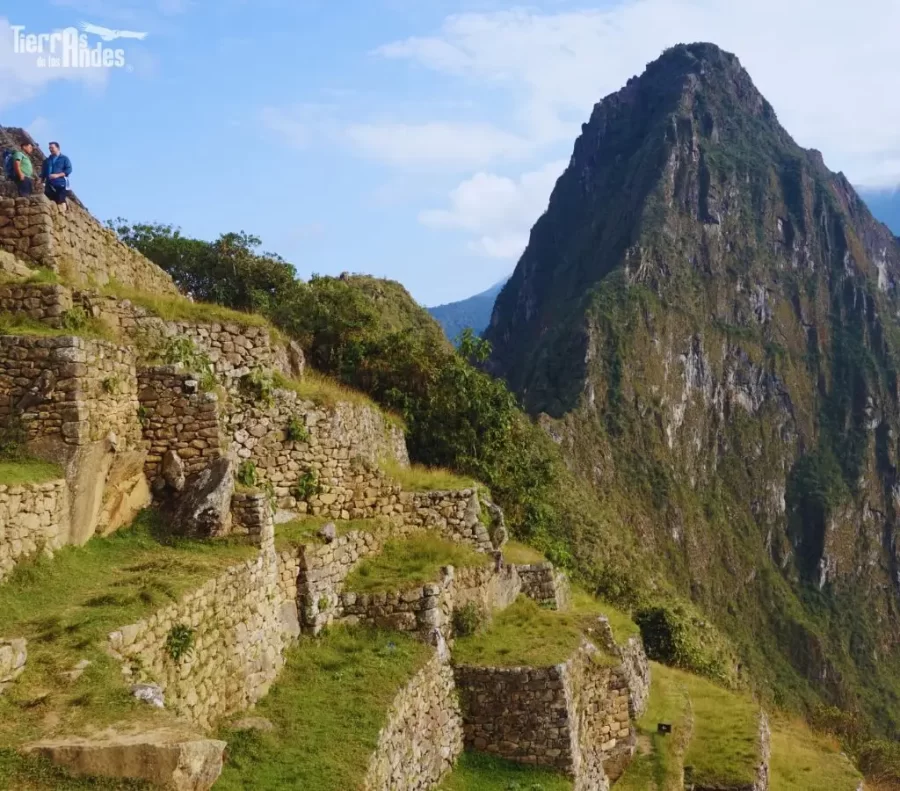
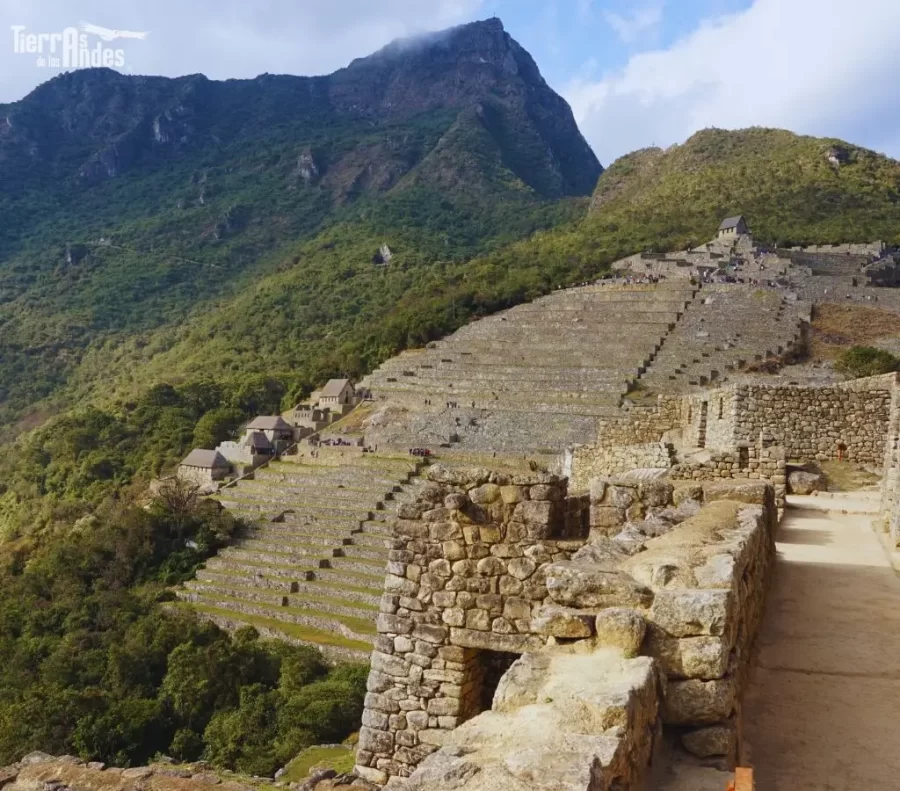
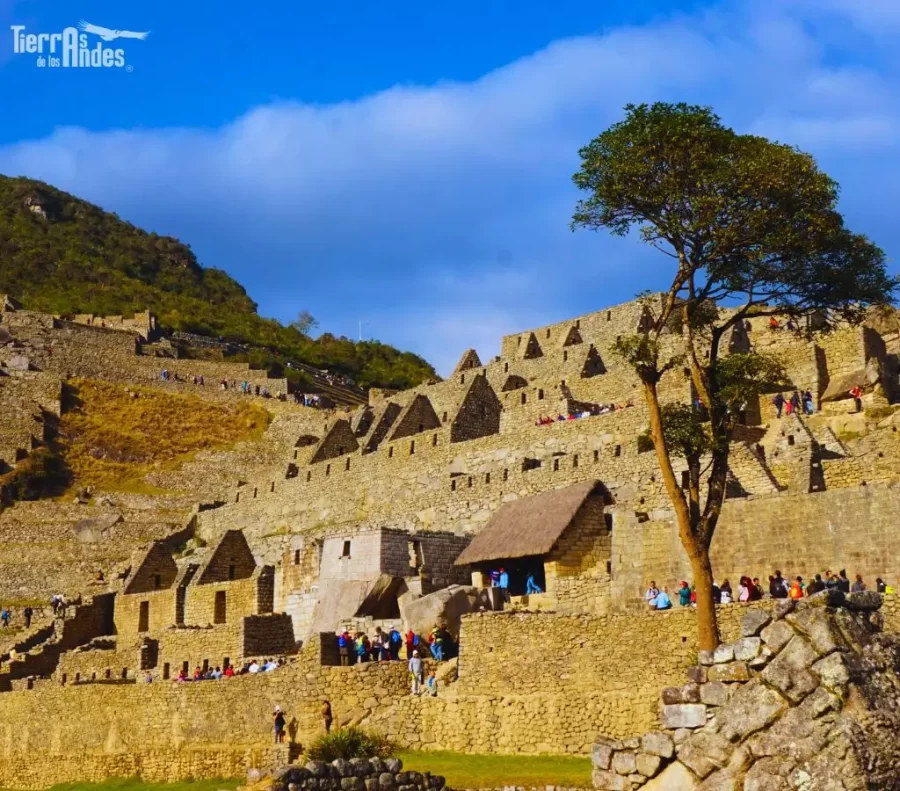
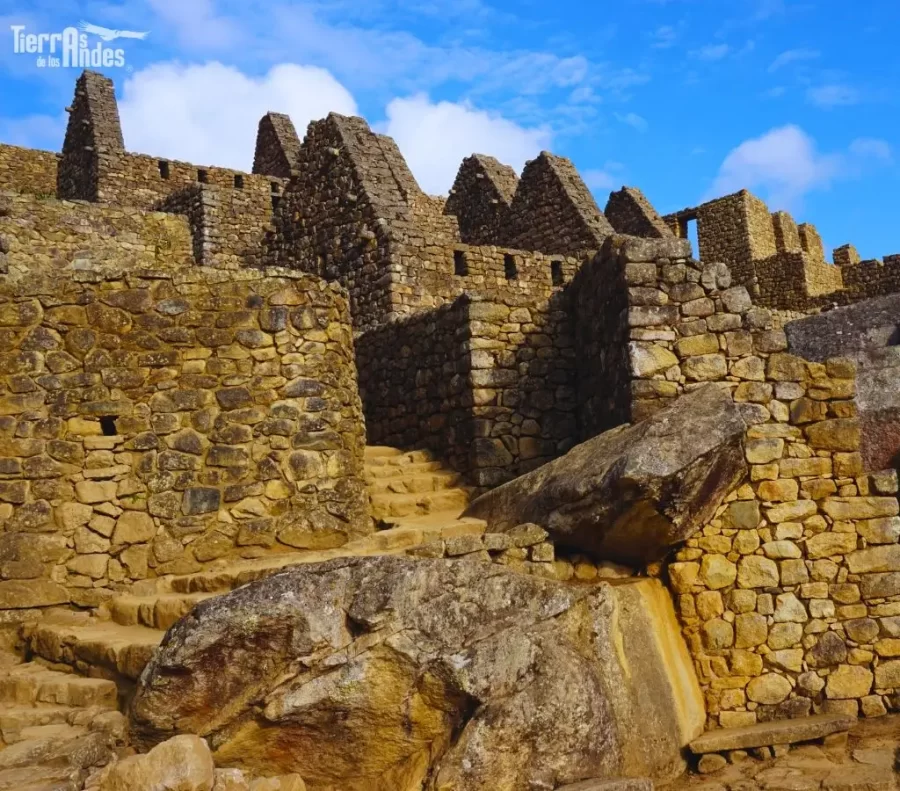
There are several tours that you can do to know the llaqta of Machu Picchu, here are some of them:
There are more tours that we offer, if you want to purchase any of them, then write us WhatsApp +51 984 550 165 or to our mail ventas@terandes.com.
According to the Machu Picchu ticket we will see four circuits:
Circuit 1: This allows us to walk through the high and low parts of the Inca citadel, you can take the classic photo in the so-called House of the Guardian, visit the main temple, the Sacred Rock, the Temple of the Sun, the Temple of the 3 windows, the water mirrors and more.
Circuit 2: Here you can visit the main temple, the Temple of the Sun, the classic photo with Machu Picchu, the Temple of the 3 windows, the Intihuatana, the Sacred Rock, the Temple of the Condor, the Water Mirrors and more.
Circuit 3: With this route we will visit the lower part of Machu Picchu, the water mirrors, the Temple of the Sun, the Agricultural Zone, the water fountains, the Inca's house, it does not include the classic photo of the citadel because it is made more for older people.
Circuit 4: This tour also allows us to visit the lower part of Machu Picchu, where you will visit the agricultural area, the House of the Inca, the Temple of the Sun, the Water Mirrors, the Sacred Rock, you must keep in mind that here you can not take the classic photo because it is recommended for seniors.
Keep in mind that these recommendations are essential to comply with each one of them:
Visiting the Inca citadel of Machu Picchu with an agency can be beneficial, and why you may wonder if you can travel alone; you can visit the citadel on your own, but remember that before you should have bought: your entrance ticket, your train that takes you to Machu Picchu, you also have to separate it months in advance if you are in high season, then it can be a job to do and even the dates you want to visit do not reach to book them, and you can frustrate your trip.
On the other hand, if you travel with a tourist agency they are in charge of buying the entrance ticket to Machu Picchu, you have your train ticket, it can be Vistadome or Expedition (this depends on the service you want) and they also see the mobility, the entrance schedule, hotel in case you want to stay in Aguas Calientes town, etc.
Traveling with an agency provides all these services, even when traveling to Machu Picchu you will be accompanied by a guide who will explain all the constructions that are in place and you just take care of making the most of your trip.
To enter the Historic Sanctuary of Machu Picchu you can do it from 6 in the morning until 4 in the afternoon, to enter before you must have purchased your entrance ticket at the times you plan to visit. Remember that you can visit every day of the week at the respective times.
The cost of admission will vary, if you are a Cusquenian tourist you have the free admission, but this is valid only on Sundays, the other days you pay as a national tourist.
Instead the national tourist and CAN have to pay a cost, for adults the cost is S/ 64 soles, student and minors (3 years to 17 years) they pay the sum of S/ 32 Peruvian soles https://reservas.machupicchu.gob.pe/inicio#horario-0.
For foreign tourists the entrance fee is S/ 152 soles for adults, S/ 77 soles for students and S/ 77 soles for minors (3 years old to 17 years old) https://reservas.machupicchu.gob.pe/inicio#horario-0.
The travel agency Tierra de los Andes offers you the best services to visit Machu Picchu, it has: specialized bilingual guides, organizes your itinerary according to your time, takes care of the environment and the best thing is that it accompanies you from the beginning of your trip until the end, in this way ensures that your trip is unforgettable and you take the best experiences of your visit to Machu Picchu, Cusco and other tourist sites.
he environment and the best thing is that it accompanies you from the beginning of your trip until the end, in this way ensures that your trip is unforgettable and you take the best experiences of your visit to Machu Picchu, Cusco and other tourist sites.
